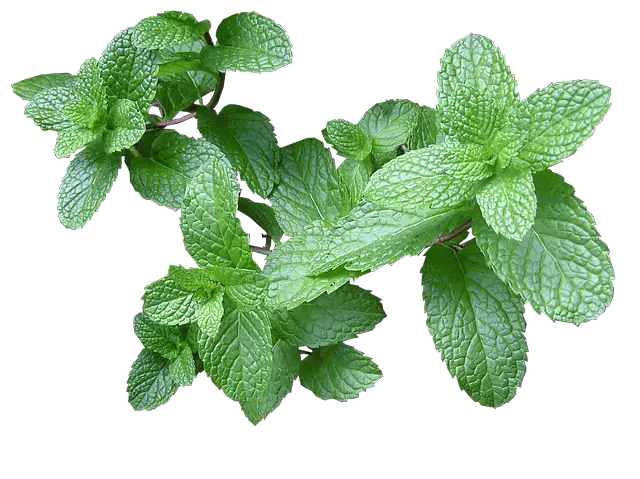Sumac and mint are commonly used together in Middle Eastern cuisine, particularly in salads and dips. Muhammara, a Syrian dip made from roasted red peppers, walnuts, breadcrumbs, and spices, is often seasoned with sumac and mint. The combination of the tangy sumac and the fresh mint complements the sweetness of the roasted red peppers and the nuttiness of the walnuts.
Sumac and mint can be combined in certain dishes to add a bright, tangy, and refreshing flavor. Sumac is a Middle Eastern spice with a tangy, lemony flavor, while mint is a fresh herb with a cool, refreshing taste. Together, they can add depth and complexity to a variety of dishes.
Sumac And Mint Are Popular In Middle Eastern Foods
Other dishes that may use sumac and mint together include fattoush salad, a Lebanese salad made with tomatoes, cucumbers, radishes, and herbs, and tabbouleh, a Lebanese salad made with parsley, tomatoes, bulgur wheat, and lemon juice. Sumac and mint can also be used as a seasoning for grilled meats, roasted vegetables, and rice dishes.
On that note, let’s take a look at dishes that combine both sumac and mint.
Dishes That Use Both Sumac And Mint
Sumac and mint are commonly used together in Middle Eastern and Mediterranean cuisine, particularly in Lebanese and Syrian dishes. Here are some examples of dishes that use both sumac and mint:
- Fattoush Salad – a Lebanese salad made with mixed greens, tomatoes, cucumbers, radishes, onions, and pita bread, dressed with a mixture of sumac, lemon juice, olive oil, and dried mint.
- Muhammara Dip – a roasted red pepper and walnut dip from Syria, flavored with sumac, cumin, and dried mint.
- Grilled Lamb Chops – marinated with a mixture of sumac, dried mint, garlic, olive oil, and lemon juice before grilling.
- Tabouli Salad – a traditional Levantine salad made with parsley, tomatoes, onions, bulgur wheat, lemon juice, olive oil, and seasoned with sumac and dried mint.
- Za’atar Bread – a flatbread that is sprinkled with a mixture of sumac, thyme, sesame seeds, and dried mint before baking.
- Stuffed Grape Leaves – a Middle Eastern appetizer made by stuffing grape leaves with a mixture of rice, herbs, and spices, including sumac and dried mint.
- Yogurt Dip – a simple dip made with Greek yogurt, fresh mint, sumac, and salt, often served with vegetables or pita bread.
These are just a few examples, as the combination of sumac and mint is quite versatile and can be used in many different dishes.

Sumac And Mint Comparison
| Sumac | Mint | |
|---|---|---|
| Flavor | Tangy, sour, slightly fruity | Cool, refreshing, slightly sweet |
| Culinary use | Commonly used in Middle Eastern cuisine, especially on meats | Widely used in many cuisines for flavoring or garnish |
| Health benefits | High in antioxidants, anti-inflammatory and aids digestion | Aids digestion, freshens breath, and promotes relaxation |
| Pairing | Pairs well with grilled meats, hummus, salads, and roasted vegetables | Pairs well with lamb, yogurt, peas, and in tea or desserts |
| Forms | Available in whole or ground form, as well as in spice blends | Fresh or dried leaves, as well as essential oil and extracts |
Final Thoughts
Sumac and mint can be a delicious and unique combination in many dishes, particularly those with Middle Eastern or Mediterranean flavors.
Sumac and mint are a popular combination as they complement each other well. Sumac provides a tangy, lemony flavor while mint adds a fresh, cooling element to the dish. Together, they create a unique flavor profile that enhances a wide range of dishes, including salads, dips, and grilled meats.
The combination of sumac and mint adds depth and complexity to a dish, making it more flavorful and appealing to the palate.

